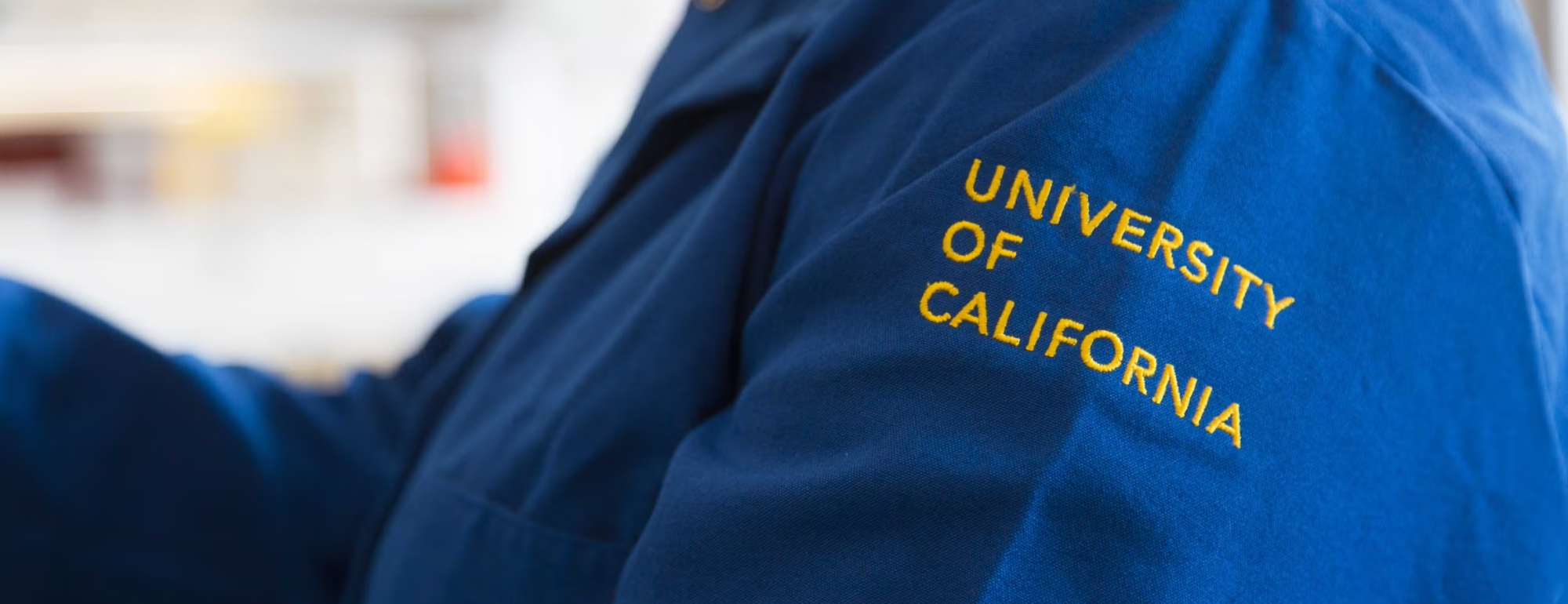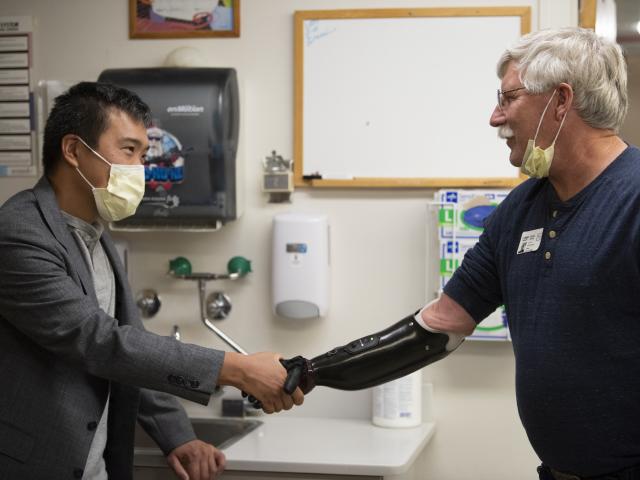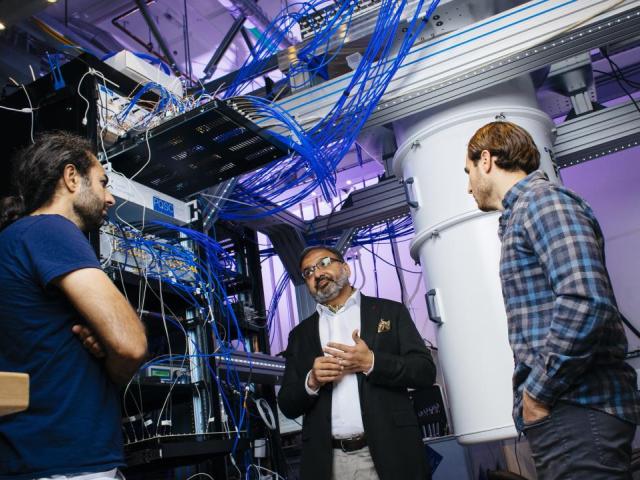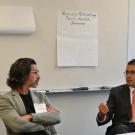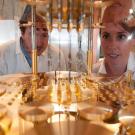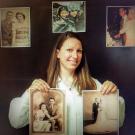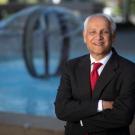
Innovation In Action
See how UC Noyce Initiative Researchers are Changing the World.
Recent Articles
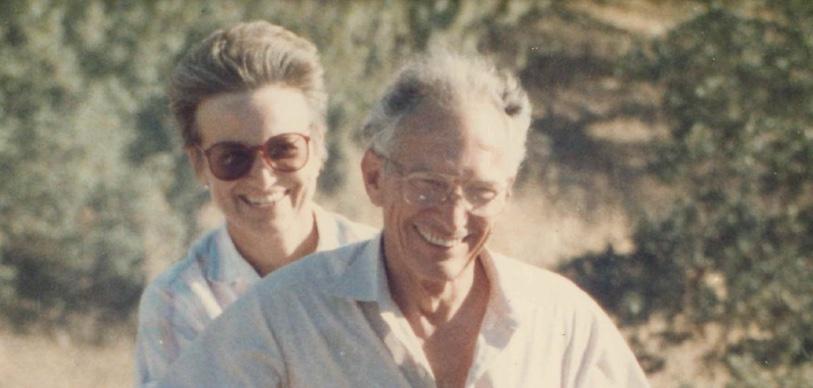
Legacies of Innovation
Robert "Bob" N. Noyce, Ph.D. was a physicist and one of the most pivotal visionaries and innovators of the 20th century. He invented the integrated circuit, more commonly known as the microchip, and co-founded both Fairchild Semiconductor and Intel. Ann Schmeltz Bowers was a technology industry executive pioneer, longtime philanthropist and the wife of Noyce. In 2020, The Robert N. Noyce Trust made a gift to the University of California system to launch the UC Noyce Initiative to honor their legacies.

